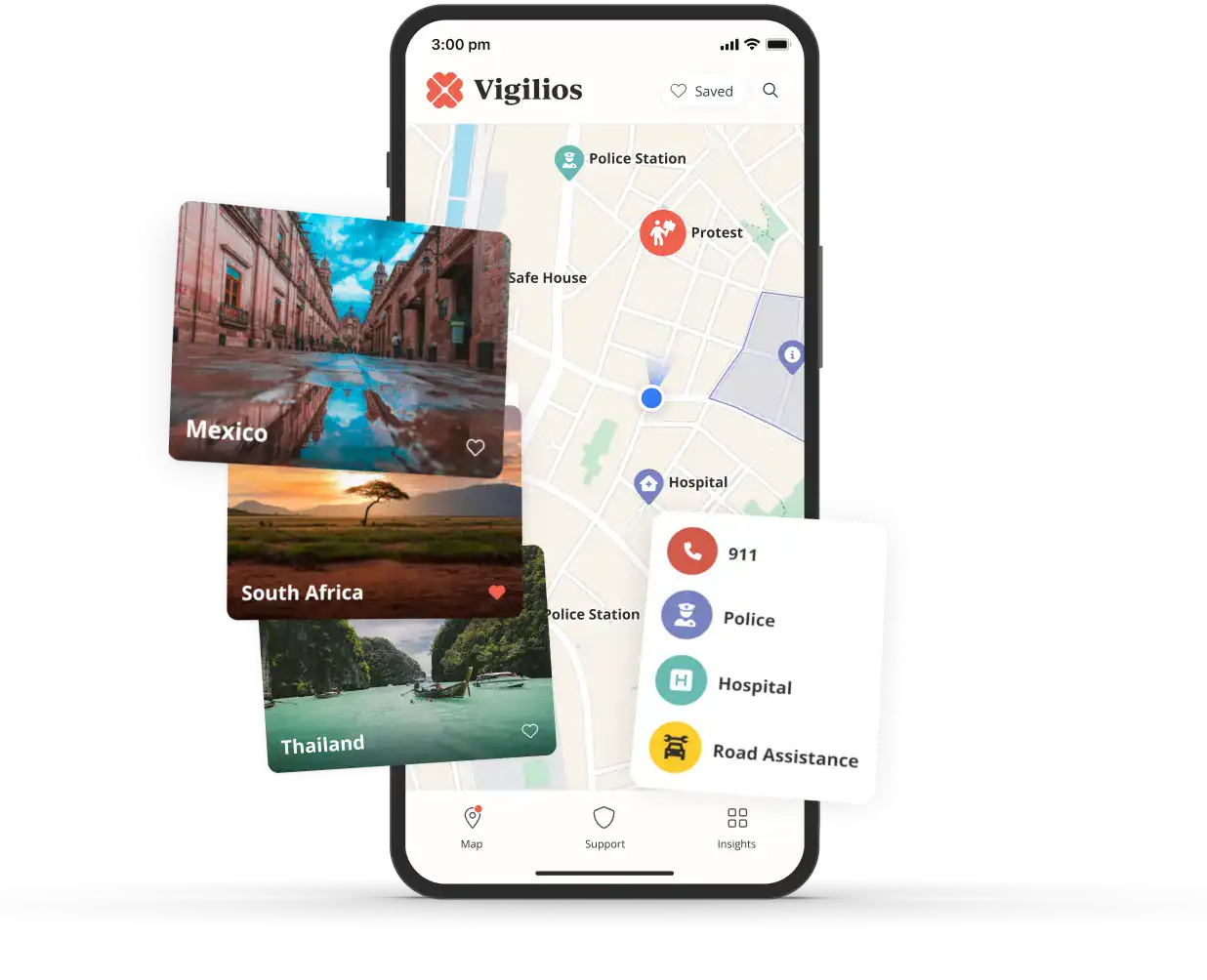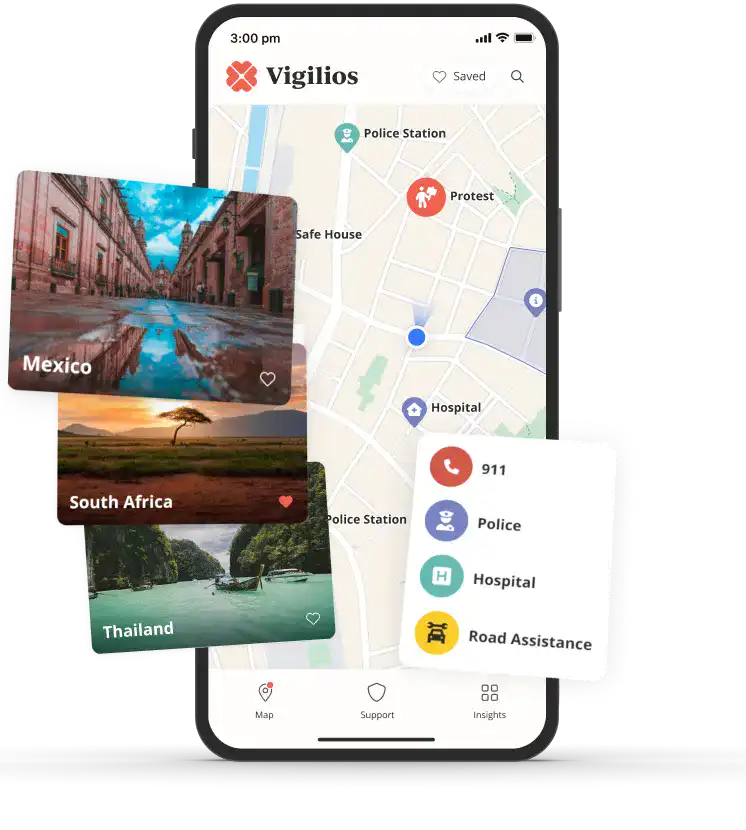The 10 Most Dangerous Cities in Mexico: A Must-Know List for Travelers
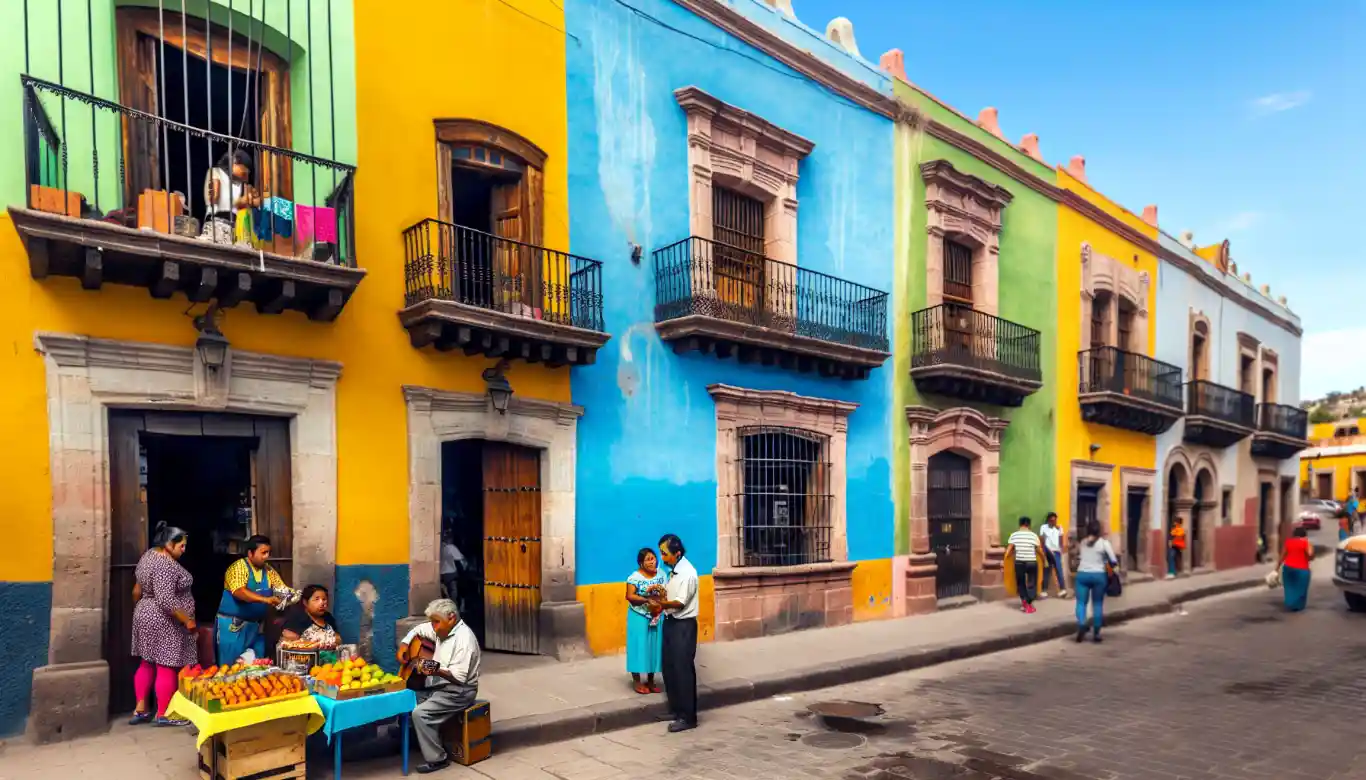
Table Of Contents
Among the world's most dangerous cities, 9 out of 10 are located in Mexico, with familiar tourist spots like Tijuana, Acapulco or Ciudad Juárez being part of the list.
Mexico’s high crime rates can be attributed to factors including drug cartel activities, socio-economic inequality, and corruption in law enforcement and the judiciary system.
Travelers to Mexico should practice safety measures such as situational awareness and staying vigilant in popular tourist destinations and public spaces to avoid being targets of crime.
If you’re considering a visit to Mexico, knowing which cities pose the highest safety risks is critical. This article cuts through the noise to present you with an up-to-date list of the most dangerous cities in Mexico, helping you to navigate your travels smartly and safely.
Key Takeaways
Why Are Some Mexican Cities Among the Most Dangerous?
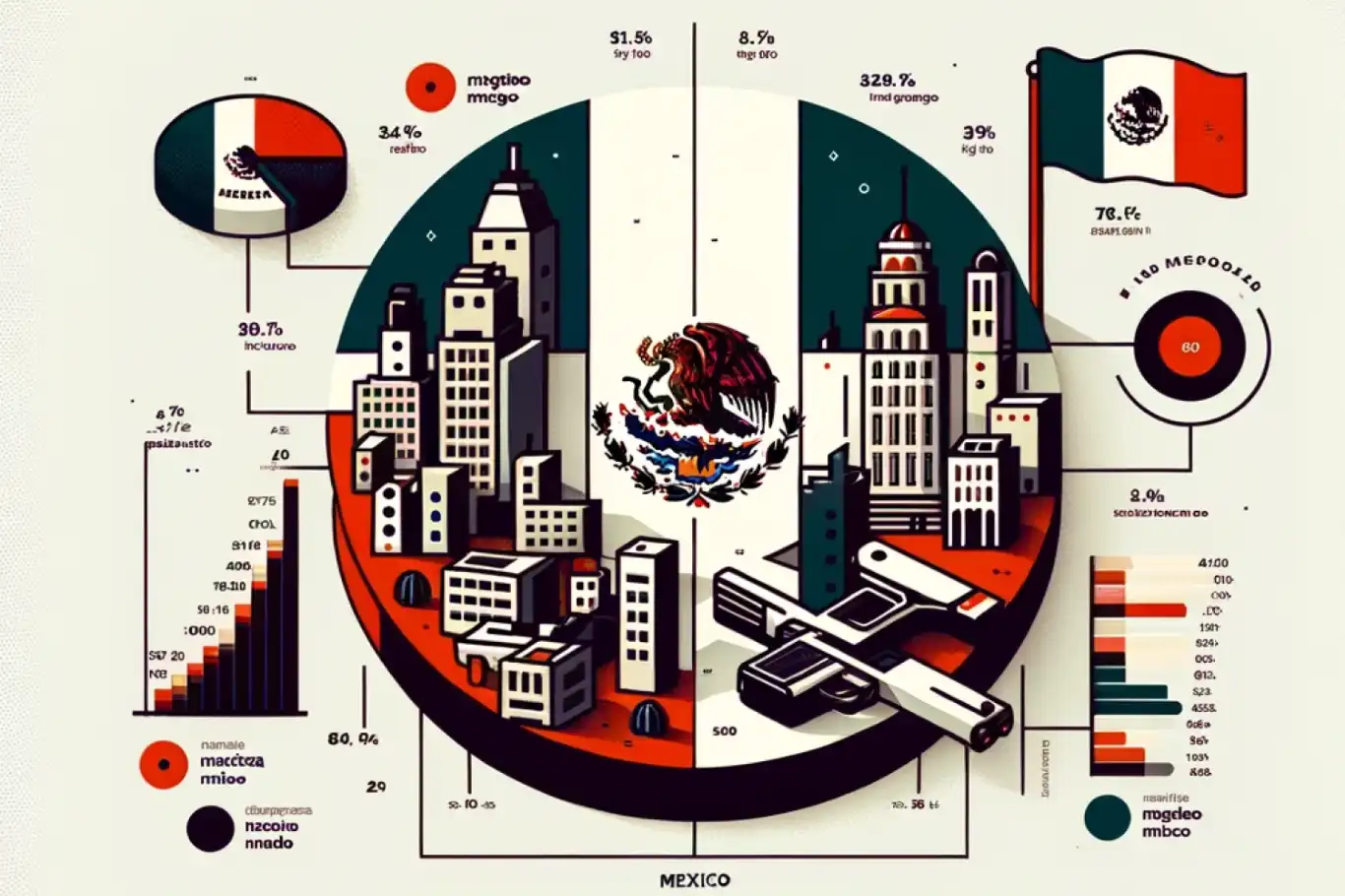
The numbers are indeed alarming. According to a 2022 report by The Citizen Council for Public Security and Criminal Justice, 9 out of the 10 cities with the highest homicide rates globally are located in Mexico. This reports highlights the severe violence and safety challenges the country faces.
The question arises: What makes certain Mexican cities climb the unfortunate ranks to be listed among the most violent cities in the world? At the heart of this concern are three interrelated factors: drug-related organized crime, pervasive corruption, and deep-rooted socio-economic disparities.
Assessing Dangerous Cities in Mexico: Official Data and Traveler Insights
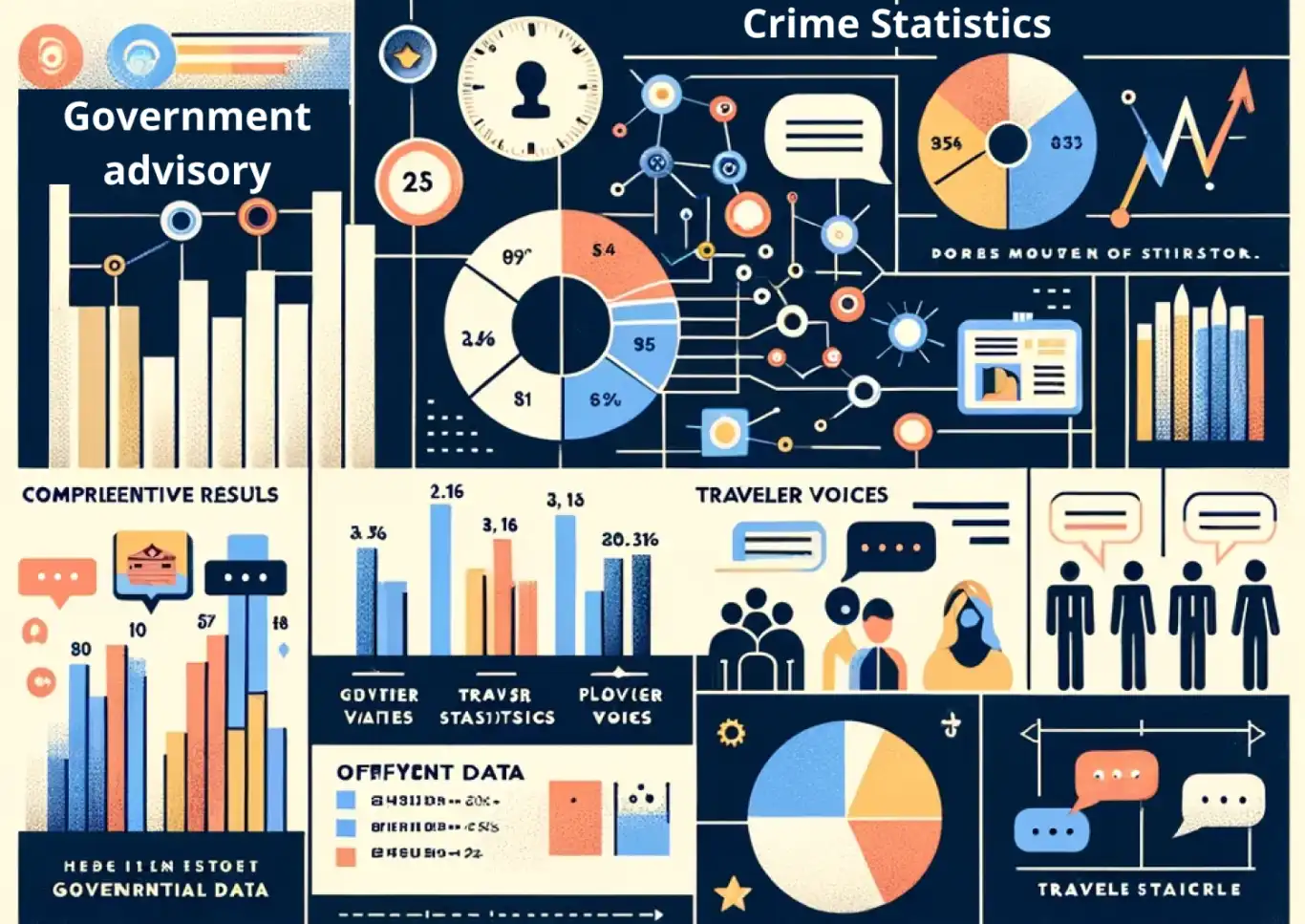
To assess the level of danger in various Mexican cities, we've taken a comprehensive approach, combining both quantitative and qualitative data sources.
Our analysis includes examining homicide rates, a key indicator of violent crime, to provide a clear picture of the safety landscape. We've also incorporated insights from the U.S. Department of State, which offers valuable information on travel advisories and safety recommendations. Additionally, we've talked to travelers to get accurate on-the-ground information.
This blend of hard data and personal experiences gives us a well-rounded understanding of which cities pose the greatest risks, ensuring that our list is both accurate and relevant to those planning to visit Mexico.
See also our Blog Post on the Top 10 Safest Cities in Mexico.
Overview of the Most Dangerous Cities in Mexico
10. Irapuato (Guanajuato)
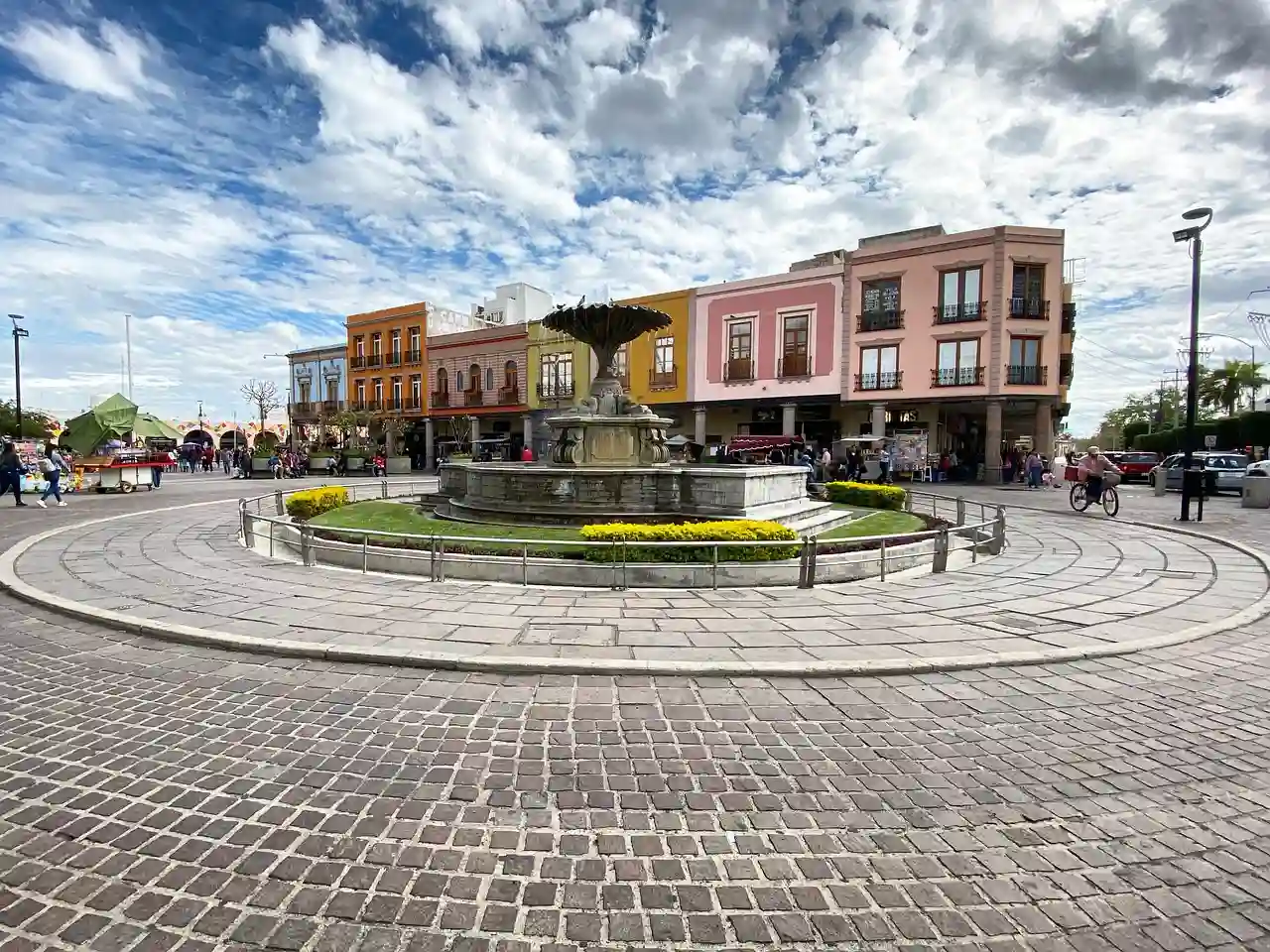
Irapuato, located in the state of Guanajuato, Mexico, is a city with a rich history and a vibrant economy, primarily known for its agricultural industry, especially strawberries, earning it the title "Strawberry Capital of the World". With a population of approximately 380,000 inhabitants, it is a significant urban center that attracts visitors and residents alike for its cultural festivals, historical sites, and culinary delights. However, despite its many attractions, Irapuato faces serious safety concerns.
Reconsider travel to Guanajuato state due to crime and kidnapping.
62 per 100,000 inhabitants
9. Acapulco (Guerrero)

Acapulco, once a paradise for tourists, has seen a steady increase in crime over the years. With an annual murder rate of 66 per 100,000 inhabitants, Acapulco is far from the safe tourist resort it once was. The city’s troubles don’t stop at high murder rates; it’s also facing issues with human trafficking and underage prostitution.
These challenges have led to warnings against traveling to Acapulco due to the high level of crime. This is a stark reminder that even the most picturesque resorts can be affected by crime, emphasizing the need for travelers to stay updated on safety issues and be meticulous in researching their destinations.
Do not travel to Guerrero state due to crime.
66 per 100,000 inhabitants
"I love visiting Mexico, yet it's essential to acknowledge the risks, especially in places like Acapulco, Los Cabos, and Tijuana, which rank high in global homicide rates. Despite enjoying the country's beauty and culture, I've learned the importance of vigilance and taking precautions for my safety and that of my family."
8. Ciudad Juárez (Chihuahua)
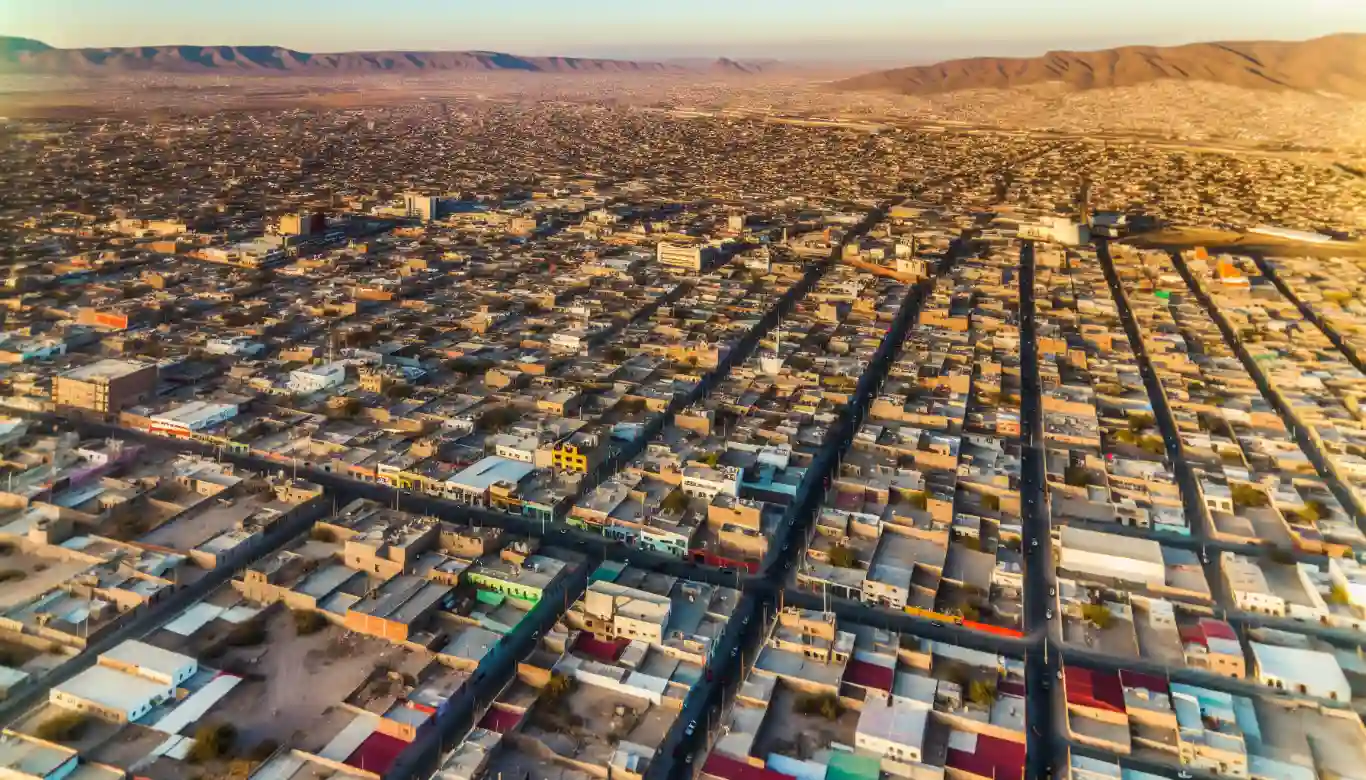
Ciudad Juárez, located in northern Mexico, is another city of concern. It is situated close to El Paso, Texas. This city is a significant hub for cross-border movement, which unfortunately also includes extensive drug trafficking.
What’s particularly alarming about Juárez, often considered the most dangerous city, is its high femicide rates. The city is especially dangerous for women, making it one of the most unsafe places in the world for the female population. The city’s escalated crime rate signifies rampant violence and cartel conflicts, underlining the significance of vigilance and caution when traversing such regions.
Reconsider travel to Chihuahua state due to crime and kidnapping.
68 per 100,000 inhabitants
7. Uruapan (Michoacán)

Uruapan is a city marked by high crime rates and violence. Like many other cities in Mexico, Uruapan’s crime rates have been fueled by increased cartel activity.
Do not travel to Michoacán state due to crime and kidnapping.
78 per 100,000 inhabitants
Kidnapping
Robberies
Rape
Murder
6. Celaya (Guanajuato)
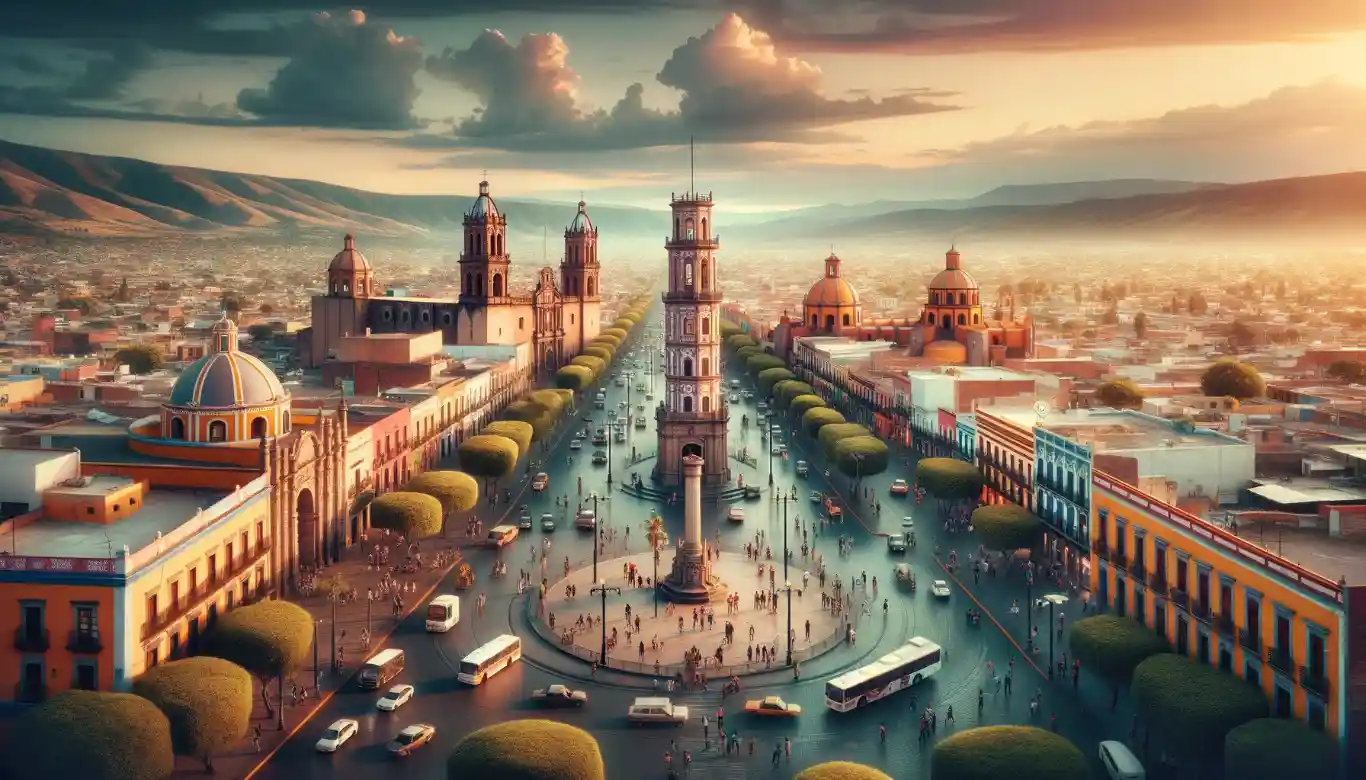
Celaya, a city in central Mexico, is another region that’s seen a significant increase in violence due to cartel activity. The city’s crime rates have been on the rise, making it a risky destination for both residents and tourists.
While Celaya may not have the same global recognition as cities like Tijuana or Acapulco, its crime rates are equally concerning. As potential travelers, understanding the crime dynamics in such cities can help you plan your trip better and stay safe during your visit.
Reconsider travel to Guanajuato state due to crime and kidnapping.
99 per 100,000 inhabitants
5. Tijuana (Baja California)
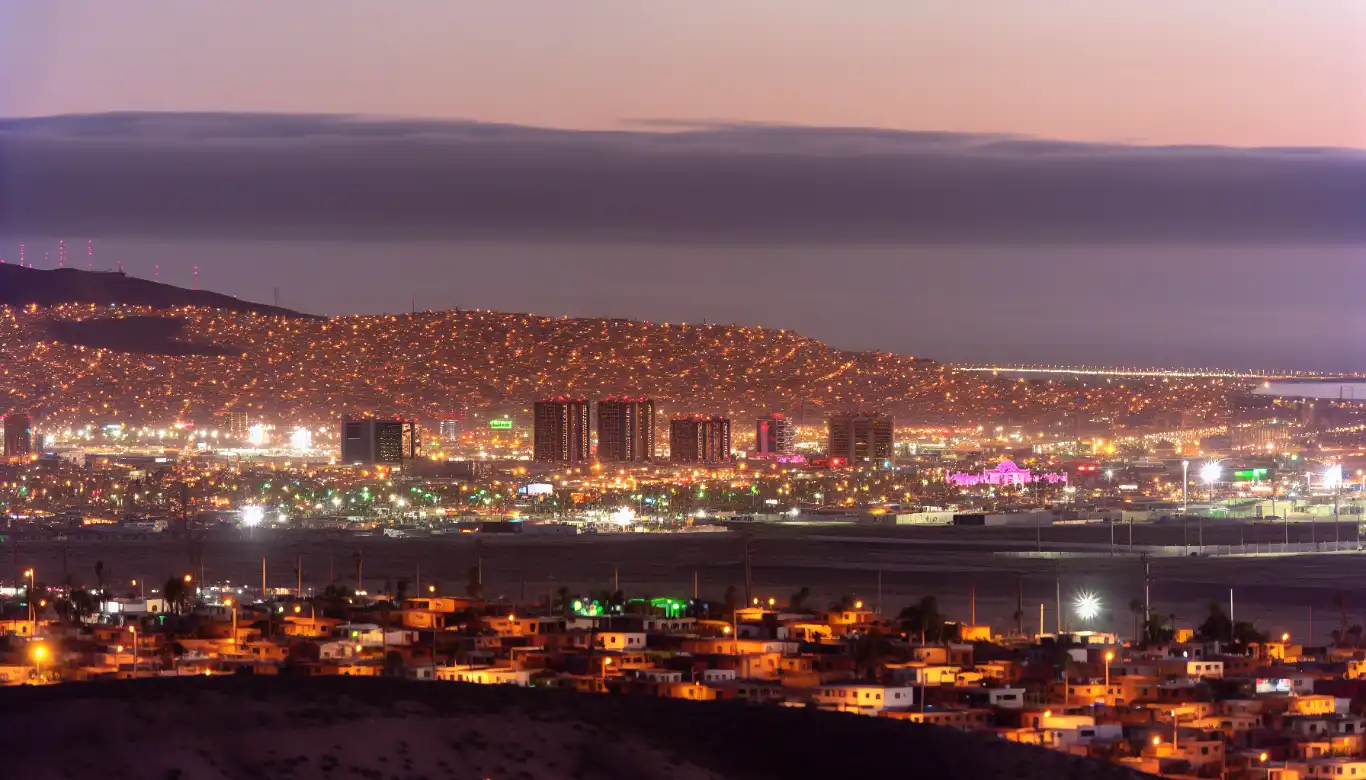
Geographically nestled in the northwest of Mexico, Tijuana has earned a reputation for being a dangerous city. Its geographical advantage near the U.S. border makes it an ideal spot for drug trafficking, thereby escalating its crime index to 71.97. In fact, the city recorded over 2,000 murders per year between 2019 and 2023, with a specific rate of 105 homicides per 100,000 citizens in 2022.
However, it’s not just the large-scale crimes that contribute to Tijuana’s reputation as a dangerous city. Small-scale crimes, gang activity, and violent crimes are prevalent, including:
Although this information can be unsettling, it’s worth noting that crime isn’t uniformly distributed across the city, and some areas might prove safer than others.
Reconsider travel to Baja California state due to crime and kidnapping.
105 per 100,000 inhabitants
"Tijuana's proximity to the US border brings unique safety considerations. While I appreciate the city's vibrant energy, I remain mindful of the complex dynamics at play, including its reputation for drug-related violence and its significance as a major border crossing point. Navigating Tijuana's streets requires a heightened sense of awareness and precaution."
4. Zacatecas (Zacatecas)

Zacatecas, a charming colonial city nestled in central Mexico, captivates visitors with its rich history and picturesque landscapes. Famous for its well-preserved Spanish colonial architecture, including the stunning pink stone Cathedral and the iconic Cerro de la Bufa, Zacatecas offers a glimpse into Mexico's past. With a population of approximately 150,000 inhabitants, it maintains a relaxed and welcoming atmosphere, perfect for leisurely strolls through its cobblestone streets and vibrant plazas.
Amidst its beauty and cultural allure, travelers are reminded to exercise typical safety precautions to ensure a memorable and worry-free visit.
Do not travel to Zacatecas state due to crime and kidnapping.
135 per 100,000 inhabitants
Zacatecas is undeniably stunning, but the surrounding state's violent conflict between criminal groups can be concerning. While exploring the city itself seems relatively safe, venturing beyond its main areas poses risks.
3. Ciudad de Obregón (Sonora)
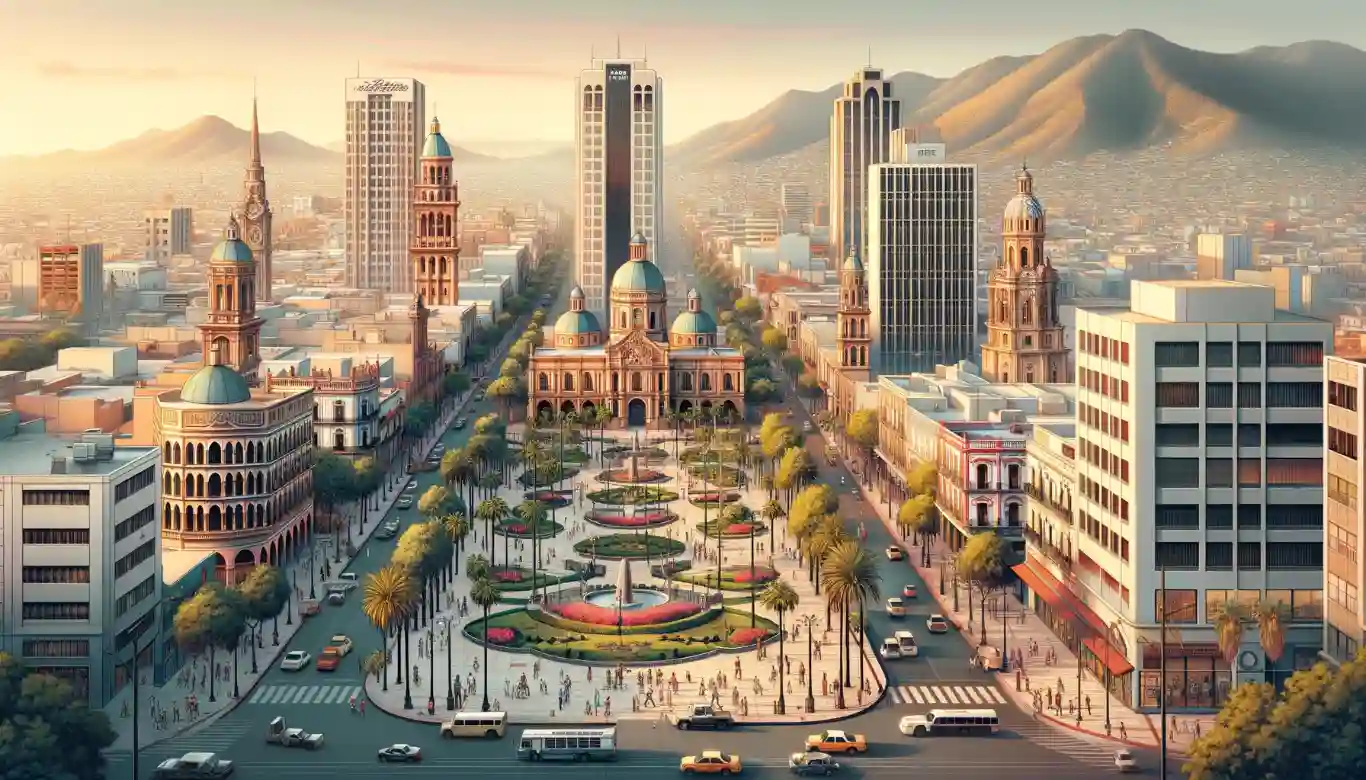
While Tijuana, Ciudad Juárez, and Acapulco might be more well-known, other cities in Mexico also face significant crime issues. Ciudad Obregón, for instance, is another city affected by high crime rates. As travelers, it’s fundamental to familiarize yourself with such lesser-known cities and comprehend the inherent risks.
Ciudad Obregón’s crime rates stem from various factors, including poverty, corruption, and drug trafficking. Grasping these foundational problems can enable travelers to make well-informed decisions about their travel itinerary and adopt necessary precautions for their safety.
Reconsider travel to Sonora state due to crime and kidnapping.
138 per 100,000 inhabitants
2. Zamora (Michoacán)

Zamora, a city also located in central Mexico, faces its own challenges with crime. Like many other cities in this list, Zamora’s crime rates have been fueled by increased cartel activity, making it a dangerous destination.
Being cognizant of crime rates in cities such as Zamora is indispensable for anyone contemplating a trip to Mexico. Remember, knowledge is power – understanding the risks and challenges in different cities can help you make informed decisions and take necessary precautions to ensure a safe and enjoyable trip.
Do not travel to Michoacán state due to crime and kidnapping.
178 per 100,000 inhabitants
1. Colima (Colima)
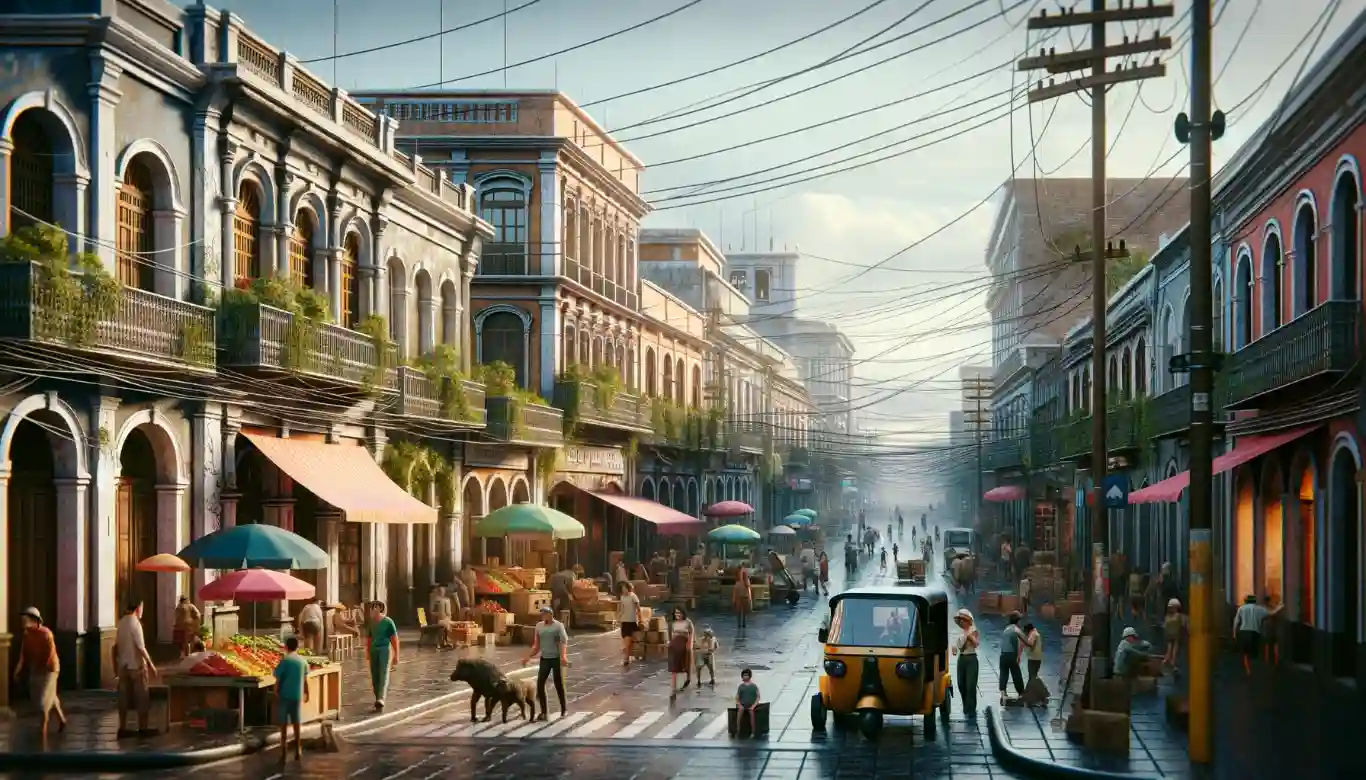
Colima City, located in the state of Colima, is marked by its status as the capital and largest city in the region. Despite its historical and cultural significance, the city faces a sobering reality as it ranks as the "top city" worldwide for homicides per capita.
With a population of approximately 330,000 inhabitants, Colima City is home to various industries, including agriculture and manufacturing. Its strategic location near the Pacific coast contributes to its economic activities, although security concerns persist.
The prevalence of criminal activity, including drug-related violence, has earned Colima City an unfortunate reputation for its high levels of violence. While efforts are made to address these issues, travelers and residents are advised to exercise caution and **remain vigilant while navigating the city.
Do not travel to Colima state due to crime and kidnapping.
182 per 100,000 inhabitants
the flow of cocaine
methamphetamine
fentanyl
heroin
marijuana
Factors Contributing to Violence in Mexico

Now that we’ve explored some of the most dangerous cities in Mexico, let’s delve deeper into the root causes of this violence. It’s pivotal to acknowledge that the high crime rates in Mexico are not due to any inherent flaws with the country or its inhabitants. Instead, these rates are fueled by a complex mix of factors, including drug cartels, inequality, and corruption.
Drug trafficking rings play a significant role in Mexico’s crime scenario, being a major contributor to crime. These cartels have their operations across numerous Mexican cities, resulting in a surge of violence and extortion. However, it’s not just drug-related crimes that are a concern. Mexico’s socio-economic inequality also stimulates criminal activity, particularly in the lower socioeconomic strata.
Another significant contributor to Mexico’s high crime rates is corruption within the police, judiciary, and government. This corruption often leads to low apprehension and conviction rates, with many crimes going unreported.
Understanding these root causes is crucial to addressing the issue of crime in Mexico and ensuring safer travel experiences for visitors.
Drug Cartels
Mexican drug cartels play a significant role in the country’s high crime rates. These criminal organizations are involved in:
between Latin America and the United States, causing a surge in violent crime.
Violent crimes related to drug trafficking often involve gang violence, which can be attributed to organized crime. In some cases, the arrest of high-ranking cartel members can cause significant repercussions on the activities of cartels and their related violent acts.
Understanding the role of drug cartels in Mexico’s crime scenario, where armed groups operate independently, can help travelers stay informed and plan their travels accordingly.
Poverty and Inequality
Poverty and inequality are other significant factors contributing to Mexico’s high crime rates. Studies have established a link between escalating inequality and the upsurge in violent crime.
The socio-economic disparity in Mexico stimulates criminal activity in lower-income populations, leading to higher levels of crime. Despite the ongoing violence, the reduction in income inequality across most municipalities in Mexico may have mitigated what could have been an even sharper increase in drug-related crimes.
Corruption and Weak Law Enforcement
Rampant corruption in Mexico’s police force and judiciary system is another significant factor aggravating the country’s crime problems. A widespread belief among citizens is that corrupt practices are rampant among law enforcement officials. This corruption often leads to undertrained police forces and weaknesses within the judicial system, creating an environment where criminals frequently escape justice.
Moreover, there’s a massive discrepancy between the murder rates and convictions across different states, with some areas displaying impunity rates over 44 percent, undermining public confidence in the judicial system.
Understanding these underlying issues can help travelers comprehend the complexities of crime in Mexico and equip them with the knowledge needed to remain safe.
Opt for ATMs during daylight hours, situated inside banks, malls, or well-illuminated areas
Steer clear of lone machines in less safe locations
After withdrawing money, discretely store cash and shield PIN entry
Try to change your routine of ATM use
Avoid withdrawing large sums on Mexican payday, when banks are crowded
Safety Tips for Travelers Visiting Mexico
Despite the crime issues, Mexico remains a popular tourist destination, boasting of rich history, vibrant culture, and stunning landscapes. While ensuring safety in any foreign land requires alertness and prudence, certain specific guidelines can aid in ensuring a secure and unforgettable trip to Mexico.
Firstly, it’s advisable to learn basic Spanish and take precautions when using ATMs. Try to use them during the daytime in public spaces, and stay updated on your travel companions’ plans. For instance, when visiting local bars, nightclubs, and casinos, exercise increased caution and avoid displaying signs of wealth.
Furthermore, it’s imperative to stay updated on safety matters and conduct thorough research on your intended destinations before visiting. Some popular tourist destinations can have pockets of higher risk even if they are not among the most dangerous places in Mexico. Staying informed can go a long way in ensuring a safe and enjoyable trip to this beautiful country.
Precautions in Popular Tourist Destinations
On visiting popular tourist hotspots, it’s crucial to stay within illuminated and heavily surveilled tourist zones, particularly post-dusk. For example, in Mexico City, you should **exercise additional caution at night and steer clear of areas outside the common tourist paths where security presence may be reduced.
Avoid displaying expensive items such as luxury watches or jewelry, which can attract unwanted attention. Also, exercise extra vigilance at banks or ATMs in popular tourist areas, as these locations can be targets for theft and other financial crimes.
Staying Safe in Public Spaces
Public spaces can occasionally become crime hubs. To lessen the risk, here are some tips to follow when using ATMs:
Following these tips can help ensure your safety when using ATMs.
Another important tip is to avoid walking alone at night in Mexico, particularly in isolated areas or places with high crime rates. Remain vigilant in crowded places like markets, tourist landmarks, and public transportation, as these locations are common for pickpocketing and theft.
Emergency Contacts and Services
Being knowledgeable about the emergency numbers and services in Mexico can be a game-changer during a crisis. The nationwide emergency number for Mexico is 911, which connects callers to emergency services such as police, fire, and medical services. For incidents requiring local law enforcement, it’s important to contact the local police as soon as possible.
Your country's Embassy in Mexico City and consulates throughout the country can provide assistance in an emergency. Make sure to research your country's Embassy contact details beforehand. Remember, being prepared can make a significant difference in an emergency situation.
Summary
In conclusion, while Mexico faces significant challenges concerning crime and safety, it’s important to remember that the country is much more than just its crime rates. With its rich culture, breathtaking landscapes, and warm people, Mexico has a lot to offer to travelers. By staying informed about the crime situation, taking the necessary precautions, and practicing responsible tourism, you can have a safe and memorable trip to this beautiful country.
Frequently Asked Questions

Is Mexico City Safe in 2024?
Yes, Mexico City can be considered as relatively safe, and the U.S. Department of State does not have a travel warning against it. Therefore, it is generally safe to visit.
What is the safest place in Mexico?
Mérida, located in Yucatan, is considered the safest city in Mexico with the lowest crime rate, making it an excellent choice for visiting and living in.
What are some safety tips for traveling in Mexico?
When traveling in Mexico, it is important to learn basic Spanish, use ATMs in public spaces during the daytime, and stay updated on recent developments to ensure safety. You can find those in the Vigilios App.

